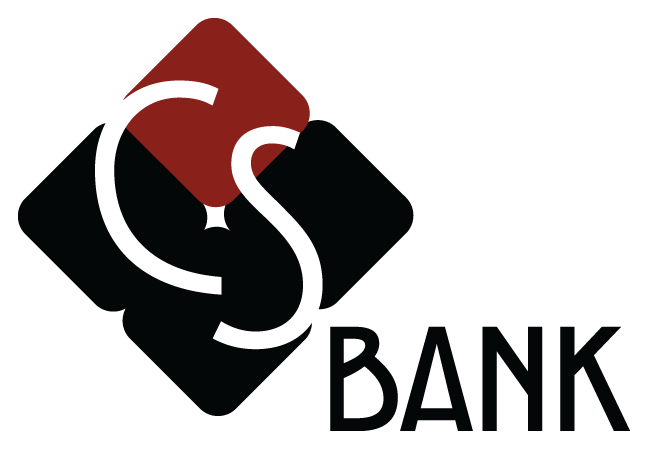FDIC-Insured - Backed by the full faith and credit of the U.S. Government
Welcome back!
Log in to your digital banking experience.
Haven't signed up for digital banking? No worries. Enroll Now
Bank with our app:
Scan to download on your iPhone or Android device.


